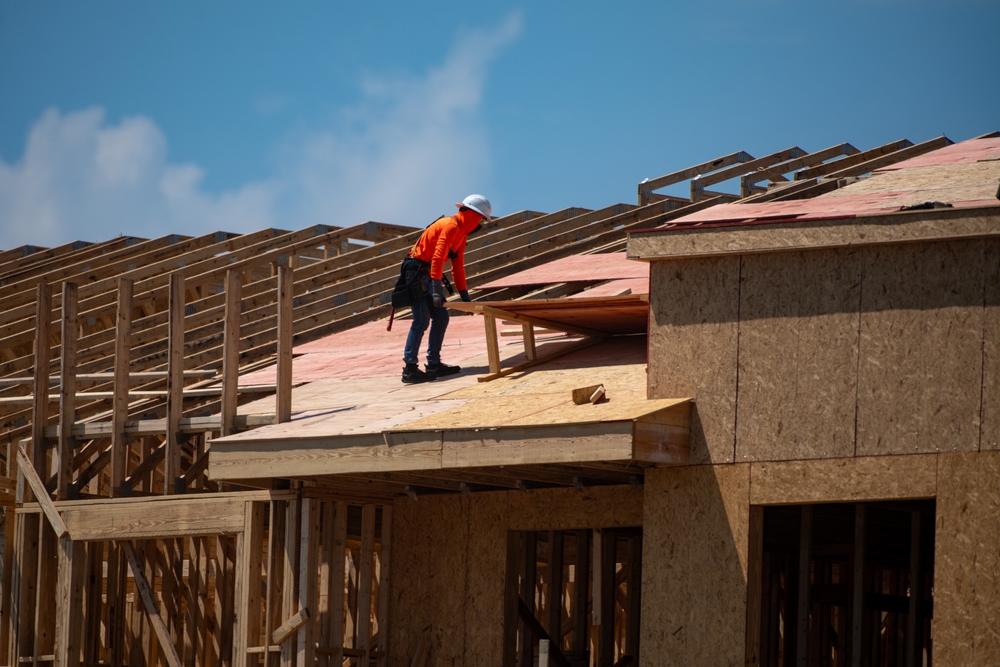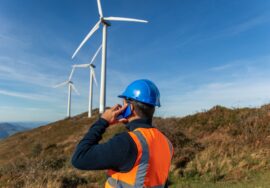How Drones are Changing Construction Project Management
How Drones are Changing Construction Project Management

Drones, also known as unmanned aerial vehicles (UAVs), are rapidly transforming construction project management by providing new ways to monitor, inspect, and manage construction sites. Traditionally used in industries like agriculture and filmmaking, drones are now a key tool in the construction industry, revolutionizing how projects are handled from start to finish. Below are the ways drones are making a significant impact on construction project management.
1. Enhanced Site Surveys and Mapping
Drones have drastically improved the way site surveys are conducted, making them faster, more accurate, and cost-effective.
- Traditional Methods: Traditional site surveying required land-based equipment and manpower, which was both time-consuming and expensive. Errors in measurements or oversight in terrain analysis could lead to costly delays and rework.
- Drone Impact: Drones equipped with high-resolution cameras and LiDAR (Light Detection and Ranging) sensors can capture detailed aerial images of construction sites. These images can then be used to create 3D maps, topographic models, and orthomosaic maps. The process, which once took weeks, can now be completed in hours or days, with minimal human intervention.
- Example: In large-scale infrastructure projects such as highway or airport construction, drones can quickly map out the entire site, providing detailed geographical insights that traditional methods may miss.
2. Real-Time Progress Monitoring
Keeping track of project progress in real-time has always been a challenge, especially for large or complex projects. Drones are helping project managers stay updated with the most current data.
- Traditional Methods: Project managers relied on on-site visits, photos, and reports from various teams to assess project progress. This can be inefficient and often leads to delays in decision-making.
- Drone Impact: Drones can fly over the construction site and capture live footage, offering real-time updates on progress. Project managers can easily track the development of various project stages without being physically present. The data captured can also be integrated with construction project management software, allowing for streamlined reporting and analysis.
- Example: On projects like high-rise construction or sprawling residential developments, drones can quickly scan the site and provide a comprehensive overview, enabling managers to address delays or issues immediately.

3. Improved Safety and Risk Management
Safety is one of the top priorities in construction, and drones have a critical role in improving safety protocols.
- Traditional Methods: Inspecting dangerous or hard-to-reach areas required scaffolding, ladders, or specialized equipment, which posed significant safety risks for workers. Regular manual inspections also meant limited frequency, leaving room for unnoticed hazards.
- Drone Impact: Drones can safely inspect hazardous areas without exposing workers to potential danger. By using drones for regular site inspections, project managers can identify safety risks early and take preventive measures. Thermal imaging drones can even detect issues like heat loss, electrical faults, or structural weaknesses.
- Example: In the case of high-risk sites like bridges or large industrial buildings, drones can carry out regular safety inspections, drastically reducing the need for human exposure to risky environments.
4. Cost and Time Savings
Construction projects often face the challenge of staying on budget and on schedule. Drones provide a significant advantage in this regard.
- Traditional Methods: Site surveys, inspections, and progress reports can be time-consuming and costly when using traditional manpower and equipment. Human error and manual processes also increase the risk of delays.
- Drone Impact: Drones minimize labor costs by reducing the need for ground-based surveying teams, equipment rental, and other logistical expenses. They can also carry out routine inspections and progress monitoring in a fraction of the time it would take traditional methods, keeping projects on track and within budget.
- Example: Construction firms using drones for inspection and surveying have reported time savings of up to 50% and cost reductions of up to 30% in certain areas.
5. Detailed Data Collection and Analytics
Data-driven decision-making is critical to project management success, and drones excel at collecting detailed and accurate data.
- Traditional Methods: Data collection traditionally involved manual surveys, measurements, and observations, which were prone to human error and required significant time for processing and analysis.
- Drone Impact: Drones collect vast amounts of data quickly, including aerial photos, thermal images, and volumetric measurements. This data can then be analyzed using specialized software to produce actionable insights. For example, drones can measure stockpile volumes or calculate cut-and-fill ratios, ensuring precise earthwork calculations.
- Example: In complex projects such as dam or tunnel construction, where precision is critical, drones provide accurate data that helps ensure that project specifications are met with minimal error.
6. Enhanced Collaboration and Communication
Drones improve communication between stakeholders by providing a clear and real-time visual representation of the site.
- Traditional Methods: Communication between project teams and stakeholders relied on progress reports, photos, and site visits, which could be delayed or miscommunicated.
- Drone Impact: With drones, project managers can capture aerial images and videos that can be shared instantly with stakeholders, clients, and team members. This visual data improves transparency and enables better decision-making across the board. Stakeholders can “visit” the construction site remotely, cutting down on the need for frequent physical site visits.
- Example: In international projects, where clients or investors may not be physically present, drones allow for remote site tours, ensuring that all parties are informed and aligned on project progress.
Conclusion
Drones are playing an increasingly important role in construction project management by offering faster, safer, and more cost-effective ways to manage projects. From enhanced site surveys and real-time progress monitoring to improved safety and detailed data collection, drones have proven to be an invaluable tool in modern construction. As drone technology continues to evolve, its applications in the construction industry are expected to expand, offering even more benefits to project managers, contractors, and stakeholders.
External Resources for Legal Guidance
Mistakes in Construction Project Management
Read more related articles to enhance your knowledge and make informed decisions
10 Essential Steps in the Building Construction Process
How to Choose the Right Materials for Your Construction Project








